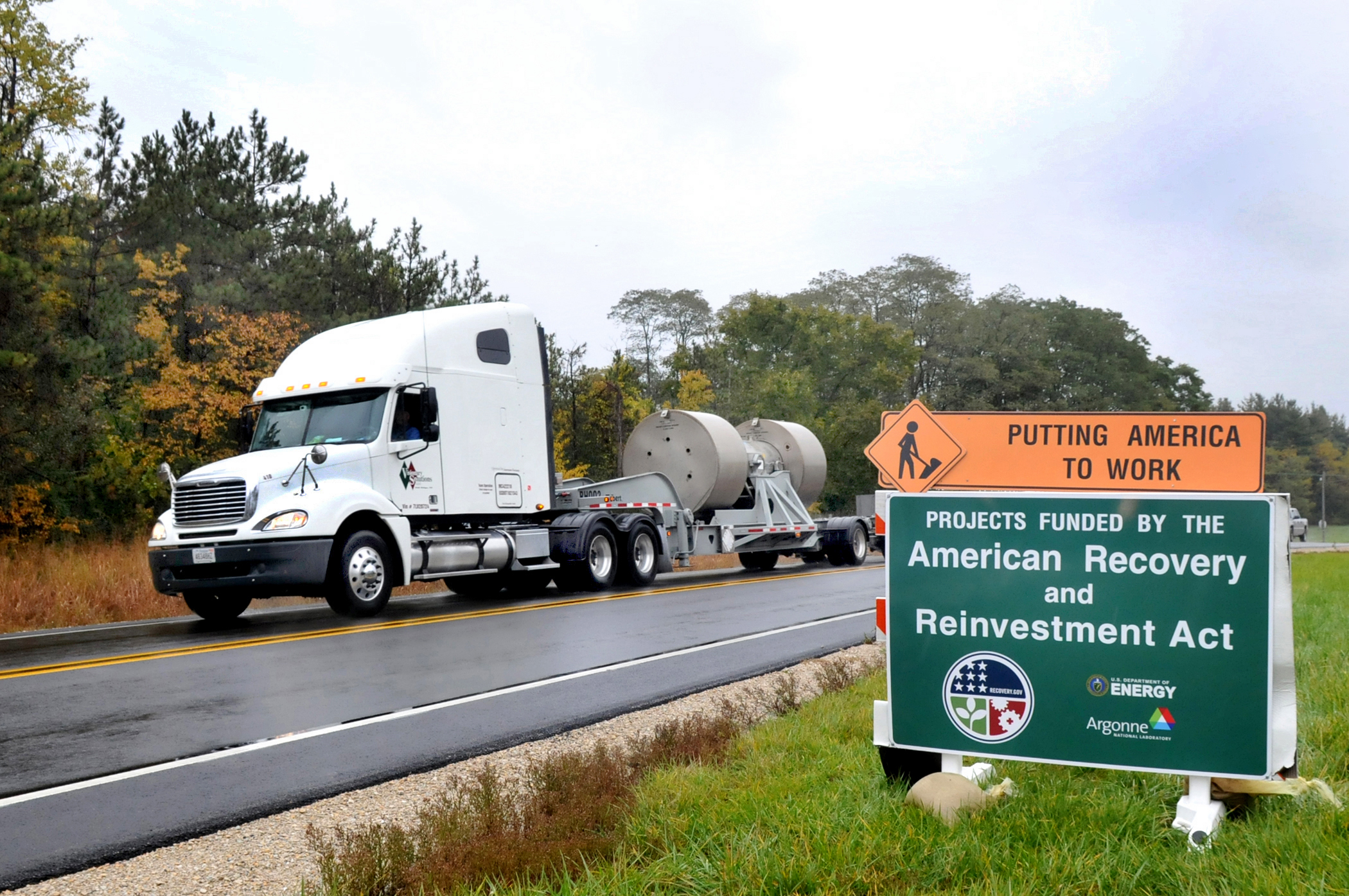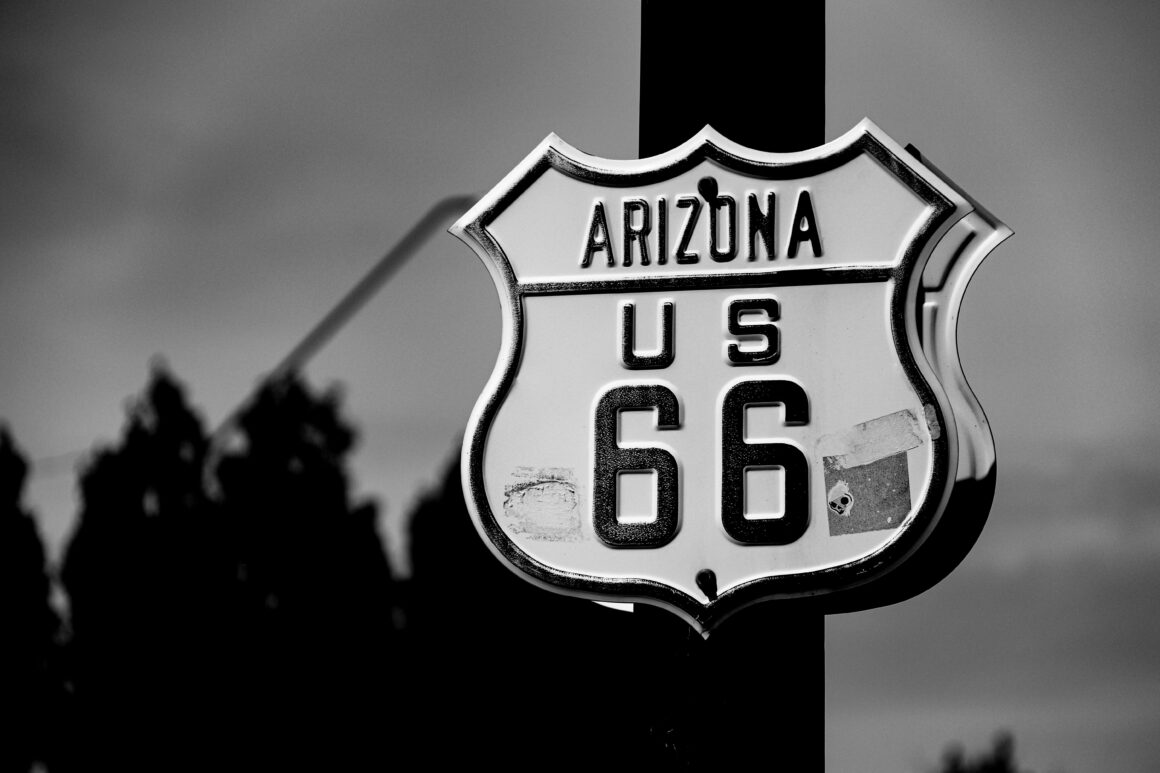In the past few months, the creation of the Green New Deal has sparked a debate across the country. Climate change and its mitigation have finally become hot button discussion topics, which greatly adds to the momentum of the Sunrise Movement and the climate action movement in general. But at the same time, the Green New Deal has received widespread criticism both as a document and as a doctrine. Most recently, Senate Majority Leader Mitch McConnell likened the Green New Deal to socialism, lamenting that it would cost Americans innumerable jobs.
A common attack of the GND is that it too closely resembles the idea of socialism that so many Americans have grown to fear. In fact, the term “socialism” has almost taken on the connotation of an insult in our language. But why? At its core, socialism is an economic and societal state that advocates collective ownership of a country’s commodities and equal distribution of wealth. To much of the middle and lower class, this doesn’t sound altogether unappealing. But even so, it is inaccurate to describe policies like the Green New Deal, universal health care, or regulation of the pharmaceutical industry as “socialist.”
The GND embodies the concept of democratic socialism much more closely. According to Merriam-Webster, a social democracy is “a democratic welfare state that incorporates both capitalist and socialist practices.” In many ways, the United States already embodies a social democracy. Although our economy is capitalist, our country is strengthened by social programs like social security, welfare, disability, Medicare, food stamps, affordable housing subsidies, public universities and unemployment benefits. This social safety net is crucial to the survival of millions of Americans, and yet, all of these programs were attacked and dismissed at the time of its inception.

The Green New Deal is designed to strengthen and extend our social democracy– and it isn’t the first radical plan to do so. In the late 1920’s and early 1930’s, the United States faced its worst economic crisis to date. Leading up to the Great Depression, the government had practiced laissez-faire economics, regulating the market as little as possible. This created a massive market bubble, which was bound to pop. Once it did pop, massive unemployment and resource scarcity hit America.
It was FDR’s New Deal (the Green New Deal’s namesake) that began to turn the tide of American suffering. The New Deal created the United States’ social security net, and FDR’s policies were incredibly socially democratic. Had our country’s capitalist system not been on the brink of collapse, the New Deal might have been dismissed as a gross overreach just as the Green New Deal has been.
In 2009, President Obama signed the Recovery Act into law. In the wake of the United States’ worst recession since the Great Depression, the Recovery Act was actually incredibly similar to FDR’s New Deal and to today’s Green New Deal. The act used increased unemployment benefits and decreased taxes to help American families in the short term, mandated infrastructure projects across the country to create jobs, and broadened access to healthcare and education to kickstart long term recovery. The Recovery Act was also somewhat of a precursor to the Green New Deal, with more than a $20 billion investment in expanding renewable energy. Obama’s National Recovery Act (as well as his Affordable Care Act) was criticized as “socialist,” but like the New Deal, it assuaged American suffering during a period of deep economic instability.

In many ways, we find ourselves in the same position as that of our great-grandparents in the months leading up to the market collapse in 1929, and our parents during the recession of 2008. We have lived far beyond our means and rejected regulation to curb our spending– but this time around we are overusing our resources rather than our capital. Perhaps the urgency of the Green New Deal contributes to its criticisms, but our earth is on the brink of collapse. According to the Intergovernmental Panel on Climate Change, we only have twelve years before the effects of living beyond our resources are irreversible.
However we label the Green New Deal, it does call for a dramatic restructuring of society, and that is certainly scary. But in the words of FDR, “the only thing we have to fear is fear itself.”
Photo: Flickr/Senate Democrats



